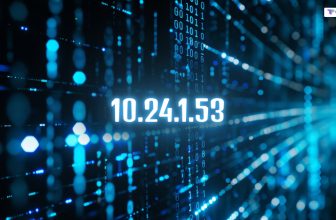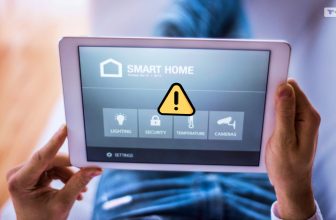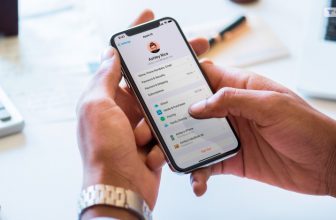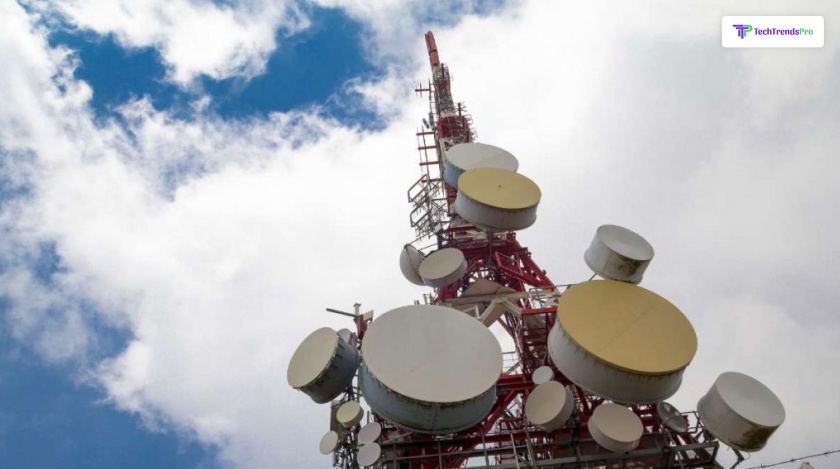
The mobile phone is one of the disruptive technologies of the 21st Century. There was a time when people were obsessed with keypad phones, but with the passage of time, smartphones have taken over the place.
Have you ever wondered what technology is governing these pocket-size power-houses?
It’s the cellular network, and the present guide is about this only.
Keep reading till the end to understand what a cellular network is in detail.
Cellular Network – The Concept
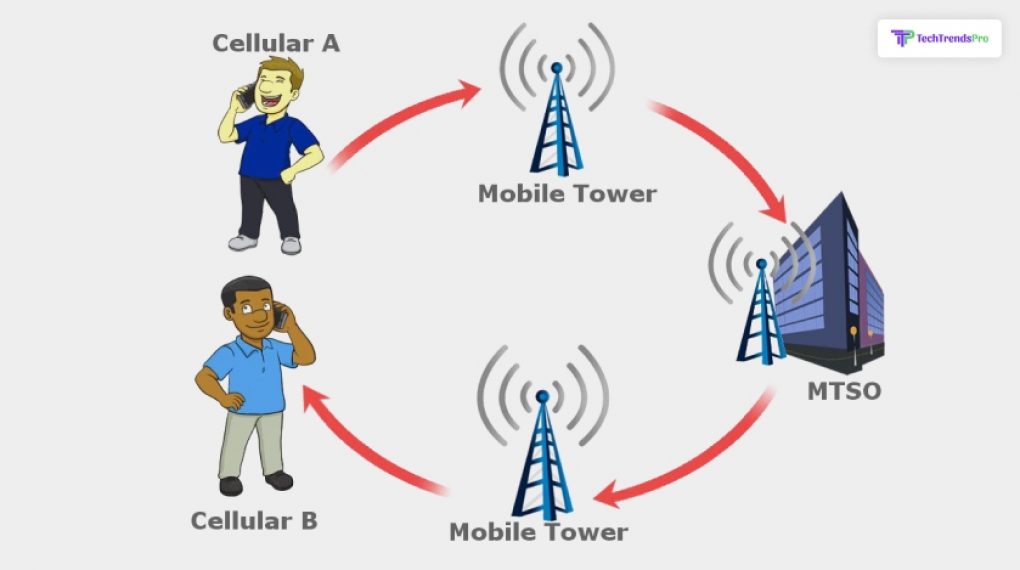
Cellular network is the underlying technology for mobile phones, wireless networking, personal communications, etc. It’s also known as a mobile network where the link is wireless too and from the end nodes.
It remains distributed over the land areas as “cells” and served by one fixed-location transceiver. A cell typically uses various sets of frequencies from the neighboring cells to provide guaranteed, high-quality service inside every cell.
Furthermore, when these cells join together, they provide radio coverage over a large geographic area. This network enables portable transceivers like mobile broadband to communicate with each other. This includes tablets, laptops, mobile broadbands, mobile phones, etc.
History Of Cellular Networks
The origin of cellular networks dates back to the first commercial cellular network, launched in Japan by Nippon Telegraph and Telephone (NTT) in 1979. Within 5 years, the NTT network became the very first 1G network.
That was an analog wireless network. The Bell System developed cellular technology in 1947. It had operational cellular networks in Dallas and Chicago before 1979. However, the commercial services were delayed with the Breakup of the Bell system.
In 1991, the first digital commercial cellular network (2G generation) came into being and spiked the competition in the sector.
Features Of Cellular Network
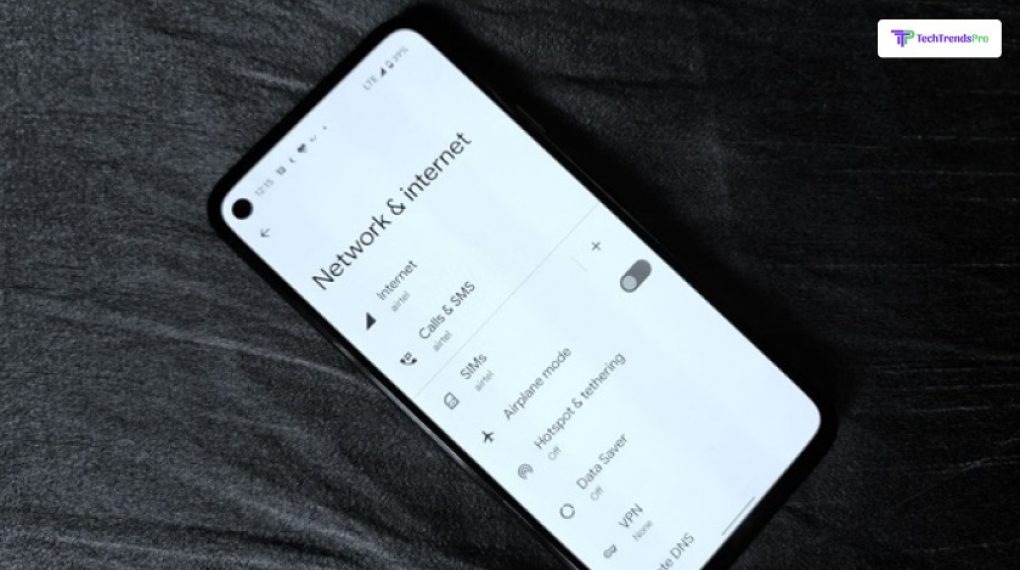
Wireless Cellular systems offer a plethora of desirable features:
- It has super high capacity internet within a restricted spectrum.
- Reuse the radio channel in several cells.
- Communication always happens between the base station and mobiles.
- The neighboring cells remain assigned to multiple channel groups.
- Every cellular base station allocated in a group of radio channels confined within a small geographic location is called a cell.
- Maintains the interface level within tolerable limits.
- Organization of the Wireless Cellular Network.
- Mobile divides use much less power than a single satellite or transmitter as the cell towers are close to each other.
Bonus point: If your mobile phone shows you, “could not activate cellular data network,” go to Settings - Cellular - move the Cellular Data slider on/to green.
Shapes Of The Cells
The cellular network’s coverage area is “cell,” and each cell has its own antenna that facilitates the transmission of signals. Every cell has its own frequencies, and the shape of the cells can either be Hexagon or Polygon.
1. Square
A square cell is characterized by four neighbors at distance d and another four neighbors at distance Root 2d. It simplifies switching and choosing the new antenna. It simplifies the switching and choosing of the new antenna.
2. Hexagon
A hexagon cell’s shape is best for easy coverage as well as calculations. It’s advantageous since it provides equidistant antennas.
Directional Antennas
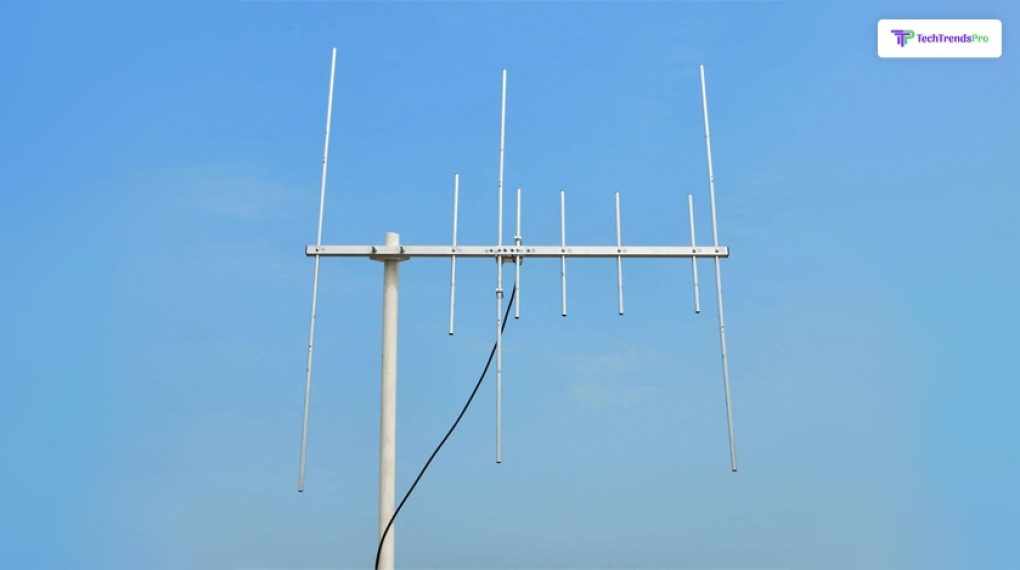
Cell towers often use the directional signal to facilitate the reception in higher-traffic areas. The Federal Communications Commission (FCC) in the United States restricts the omnidirectional cell tower signals to 100 watts of power.
Now, if there are directional antennas in the tower, the FCC permits the cell operators to release Effective Radiated Power (ERP) of up to 500 Watts. Cell phone organizations utilize this directional signal for optimizing the reception inside arenas, buildings, stadiums, and highways.
Broadcast Messaging And Paging
Genuinely speaking, every cellular system has a broadcast mechanism. This helps in distributing information directly to multiple mobile phones. Specifically, the most crucial utility of broadcast information is preparing the channels for one-to-one communication between the base station and the mobile transceiver – PAGING. Paging basically occurs by sending broadcast messages to a group of a limited number of cells.
What Network Does Consumer Cellular Use? Consumer cellular wireless service uses AT&T and T-Mobile for network capacity. It also resells the wholesale wireless services of AT&T to other online operators.
Frequency Reuse
The concept of frequency reusing is the same as radio frequencies within a particular given area. These are separated from each other by considerable distances and the shortest interference for establishing strong communication.
Following are the benefits that Frequency Reuse offers:
- Allows re-use of frequencies in the nearby cells.
- Allows stable communications on a particular frequency within cells.
- Uses the same frequency for a range of conversations.
- 10-50 frequencies per cell.
Bonus Point: If you see this error message on your phone, Cellular network not available for voice calls, note that it’s a slight bug. The best way to resolve this is to update your phone software.
What Are The Uses Of Cellular Network?
In today’s interconnected world, cellular networks have become an indispensable part of our daily lives. These networks, primarily designed for mobile communication, offer a myriad of uses that go beyond just making calls and sending texts. In this article, we will delve into the diverse applications of cellular networks, highlighting their significance in various aspects of modern living.
1. Voice Communication:
Cellular networks are primarily known for their ability to facilitate voice communication. They enable users to make crystal-clear calls from virtually anywhere, ensuring seamless connectivity and reducing the limitations of geographical boundaries.
2. Text Messaging:
SMS (Short Message Service) is a widely used feature of cellular networks, allowing users to send and receive text messages, notifications, and alerts quickly and efficiently.
3. Mobile Internet:
Cellular networks provide access to the internet on mobile devices. This feature has revolutionized the way we access information, connect with others, and conduct business on the go.
4. Email and Social Media:
With cellular networks, users can access their email accounts and social media platforms, ensuring real-time communication and information sharing with friends, family, and colleagues.
5. Navigation and GPS:
GPS services heavily rely on cellular networks to provide accurate real-time navigation and location-based services, making it easier to find destinations and discover nearby places of interest.
6. Streaming and Entertainment:
Cellular networks offer high-speed data connectivity, allowing users to stream music, movies, and video content. This has transformed entertainment consumption, making it portable and accessible anytime, anywhere.
7. IoT (Internet of Things):
Cellular networks play a vital role in connecting IoT devices. From smart thermostats and security cameras to wearable fitness trackers, these networks facilitate communication between devices, enabling automation and remote control.
8. Emergency Services:
Cellular networks serve as lifelines during emergencies, ensuring that users can call for help or receive important alerts, such as weather warnings or Amber Alerts.
9. Business and Productivity:
Cellular networks support business operations by enabling remote work, video conferencing, and access to cloud-based applications, fostering productivity and flexibility in the workplace.
10. E-commerce and Mobile Banking:
Online shopping and mobile banking have flourished due to cellular networks, allowing secure transactions and access to financial services at users’ fingertips.
11. Education:
Cellular networks have been instrumental in providing remote learning opportunities, especially during the COVID-19 pandemic. They enable students to access educational resources and participate in virtual classrooms.
12. Public Safety:
Cellular networks are crucial for first responders and law enforcement agencies, facilitating communication during emergencies and ensuring a coordinated response.
Frequently Asked Questions (FAQ):
The most frequent example of a cellular network is a mobile phone network. Radio waves are used for transferring signals to and from cell phones.
No, it’s not. Cellular networks use networks spread over a wide area and are based on mobile phones. They use cellular signals in order to connect to the internet. Wi-fi makes use of radiofrequency waves to provide.
The best 5 wireless telecommunication facility-based service providers in the United States are:
1. Verizon: 142.8 million (Q4, 2021)
2. T-Mobile US: 108.7 million (Q4 2021)
3. AT&T Mobility: 100.6 million (Q4 2021)
4. Dish Wireless: 8.5 million (Q4 2021)
5. U.S. Cellular: 4.9 Million (Q4 2021)
A Cellular network is, of course, safer than a Wi-Fi network since most Wi-Fi hotspots are not secured. It’s because the data over the internet doesn’t remain encrypted.
The answer is Base stations. In cellular telephone networks, the other name of the base station is cell tower.
Summing It Up
While there is a myriad of benefits, cellular technology can provide, knowing its drawbacks also is equally important.
- Costs for network operators’ packages incorrectly.
- There might be no result in the speed of the mobile networks.
- Prices of the network operators’ packages and handsets differ fallaciously.
Despite these challenges, we can’t imagine our life without cellular networks, can we?
What do you think about it? Leave your thoughts in the comment area below.
Read Also:



